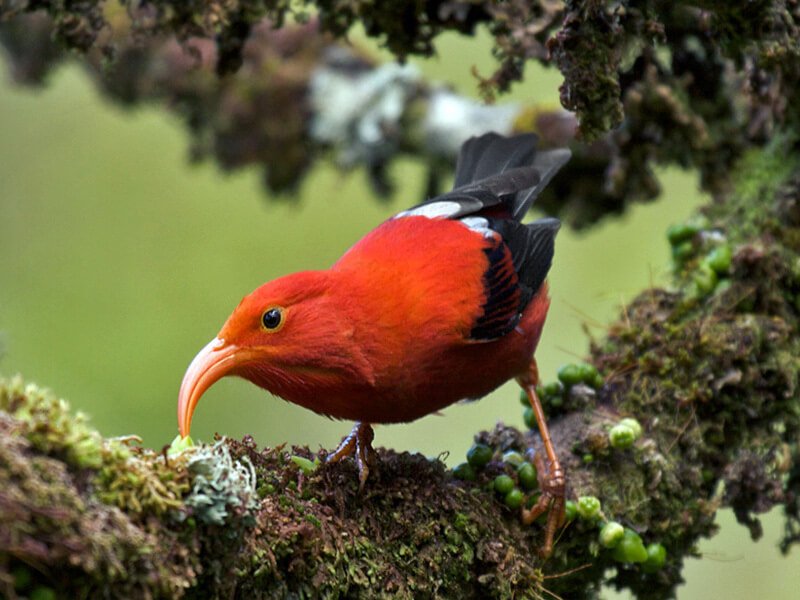The GLP aggregated and excerpted this blog/article to reflect the diversity of news, opinion and analysis.
Ecologist Eben Paxton, speaking on a cell phone from somewhere in one of Hawaii’s forests, wanted to talk about the scary events happening on the island of Kauai.
The “bird crash,” he calls it.
Hawaii’s fourth-largest island, says Paxton, a scientist with the U.S. Geological Survey, is seeing a sudden, rapid decline in native birds.
The prime suspect is avian malaria. It’s being spread by mosquitoes and it kills rare birds such as the ‘i’iwi, a bright red honeycreeper with a curvy Dr. Seuss beak. Surveys carried out on the island’s rugged, roadless interior are finding fewer birds than ever before. Extinction for some species looks imminent.
So now a group of government officials, conservationists, and scientists in Hawaii are seriously looking at a high-tech solution: genetically modified mosquitoes.
They say the modified bugs, whose offspring die quickly, thereby reducing mosquito populations, could be the best chance to save Hawaii’s endangered birds. If these discussions move forward, one idea would be to release millions of genetically modified bugs to drive mosquitoes off of Kauai’s plateau and maybe right out of the entire archipelago.
Genetically modified organisms are political dynamite on Hawaii. Some districts have passed ordinances to ban biotech crops from being planted. No one knows how Hawaiians would react to GM mosquitoes, but lately, mosquito technology has been winning positive attention as a potential high-tech fix for human diseases such as Zika.
Read full, original post: The Plan to Rescue Hawaii’s Birds with Genetic Engineering































